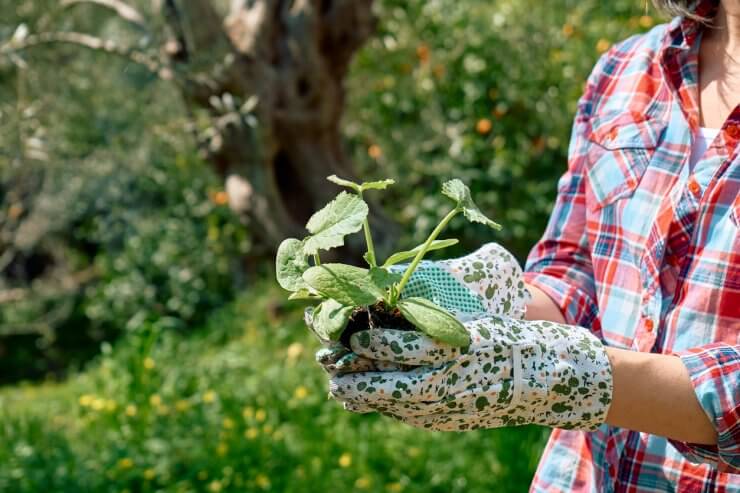
Imagine enjoying a peaceful afternoon in your garden, free from sneezes and watery eyes. If allergies have been holding you back, you’re not alone. The good news is, it doesn’t have to stay this way. You deserve to enjoy your outdoor space to the fullest. Explore tips for creating a beautiful, sneeze-free garden, allowing you to breathe easily and truly enjoy the fruits of your labor.
Common Garden Allergens
Knowing which allergens cause symptoms helps you create an allergy-free garden. Discover which plants spread pollens the most:
- Wind-pollinated trees: Birch, oak and juniper trees
- Grasses: Rye, fescue and Bermuda
- Weeds: Ragweed and pigweed
In addition to these, you can also be exposed to mold spores from woodchip piles, compost, soil and decaying organic matter.
How to Create an Allergy-Friendly Garden
Whether you’re managing allergies yourself or want to create a safer space for your loved ones, you have the power to make a difference. Follow these tips to build a sneeze-free garden.
1. Choose Low-Allergen Plants
While many plants do trigger allergies, there are also ones that add color to your yard without making you feel congested. Consider the following:
- Hydrangeas: These perennial shrubs come in blue, pink and purple shades.
- Bird of paradise: This fast-growing plant thrives in warm and tropical climates.
- Orchids: Their pollens rarely trigger allergic reactions, although some sensitive individuals may still experience hay fever.
- Hostas: Hostas are a great choice for groundcover or container planting because they don’t have a scent and produce low amounts of pollen.
2. Include Edible Plants
Over-the-counter antihistamine medications can effectively provide symptom relief. However, some nutrients like vitamin C can provide anti-allergy effects and help boost immunity. You can find these in spinach and tomatoes, which are relatively easy to grow.
You can also plant nutrient-rich herbs like rosemary and parsley. They’re easy to grow and add a burst of freshness to your meals. Plus, it’ll give you pride knowing that your ingredients come from your garden, not the grocery store.
3. Wash Hands After Gardening
After you’ve finished gardening, wash your hands thoroughly to remove mold spores, pollen and other potential irritants on your skin. Wash with water and soap for 20 seconds or use a hand sanitizer with at least 60% alcohol content. This simple step reduces allergy symptoms and prevents the spread of germs that can lead to respiratory infections.
If you spent significant time outside, go straight to the shower. This ensures you’re free of possible irritants before joining your family. Your loved ones with allergies will thank you.
4. Create an Allergy Barrier
Install a fence, plant a dense hedge or build a wall to help reduce the amount of pollen blowing into your garden from outside sources. You can also plant hypoallergenic plants to create a natural barrier. Stick to plants that are pollinated by insects rather than wind.
5. Avoid Overwatering Plants
Overwatering your plants can lead to problems like root rot, which happens when fungi or bacteria attack the roots, causing the roots to decay and die. Once or twice weekly is enough for most plants. Water thoroughly and ensure that the moisture reaches the growth root.
Another strategy is to check new plants before introducing them to your garden. Inspect for pests and signs of disease like yellowing, leaf spots or wilting. Gently check the root system. Healthy roots are usually firm and white. Pass on any plants with soft, brown or mushy roots, which may suggest root rot.
6. Garden During Low-Pollen Hours
Plan your gardening activities for times when pollen levels are lower. Before you head outside, check a local pollen count app or website to see the day’s forecast. Pollen counts are usually lower between 4 a.m. and noon, and they’re highest between 2 p.m. and 9 p.m.
Enjoy Gardening Without the Sneeze
Every small step toward an allergy-friendly garden brings you closer to a healthier, happier outdoor experience. Now is the time to take action and grow a garden with your family. With thoughtful planning, you can enjoy the beauty of nature without an allergic reaction.



